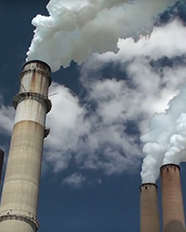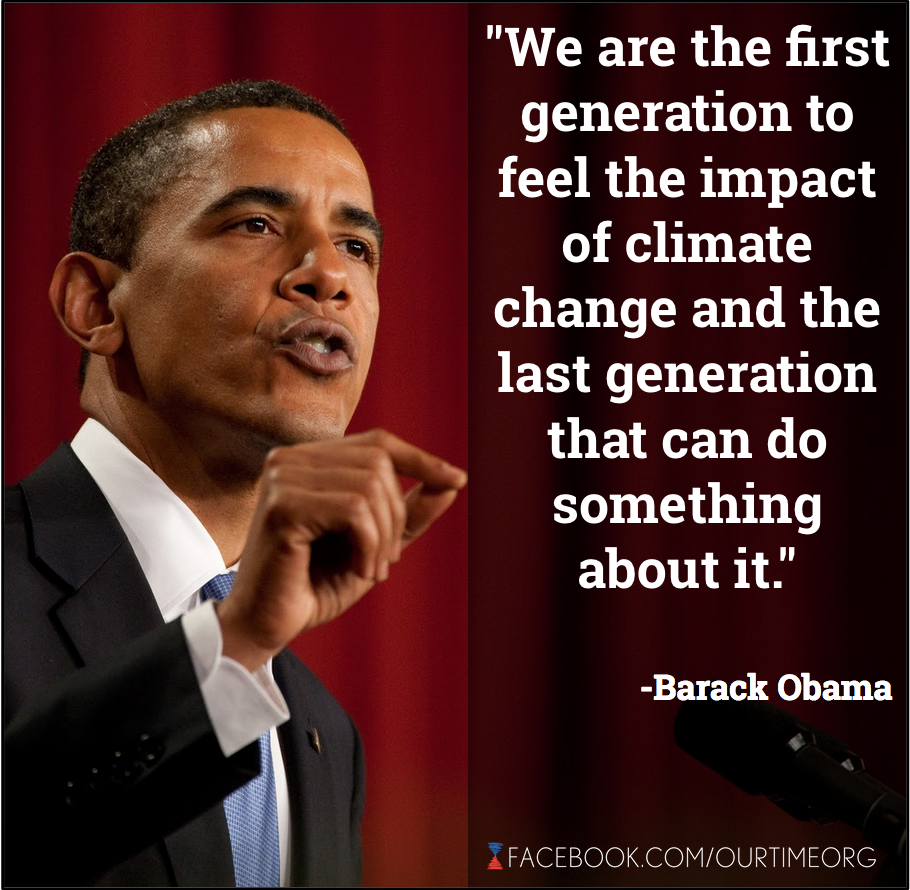The issue of air quality has been a hot topic in the media recently especially as it relates to the frequent burning of municipal waste either at ones premises or at the local municipal dump. Recent news have highlighted the advice given by doctors to Portmore residents to relocate due to the poor air quality and the more recent ‘noxious fumes’ at the Cornwall Regional Hospital which has caused a reduction in the critical services offered at the tertiary health care facility due to health care workers being negatively affected. However, in all of this we must understand that issues of air quality are usually never isolated and we must understand their provenance. In order for us to do so, we need to understand what exactly is air quality and what influences it. We need to appreciate how air quality affects us. And we also must appreciate our role in maintaining, improving as well as deteriorating the quality of air around us.
Air quality as defined by the Collins Dictionary ‘is the degree by which air is suitable or clean enough for humans, animals and plants to remain healthy.’
A polluted atmosphere is one in which substances are present at concentrations that disturb the physical and chemical properties of the atmosphere in a way that causes harm to living organisms and property.[i] Pollutants may be classified as either primary or secondary pollutants according to their source. These sources can be natural or manmade (anthropogenic). Primary pollutants are those emitted usually from identifiable sources such as the burning of fossil fuels in the production of energy; these include inter alia: particulate matter (PM10 & PM2.5), oxides of sulphur, nitrogen and carbon and volatile organic compounds (VOC). Secondary pollutants, however – such as ozone – are formed from chemical reactions in the atmosphere involving primary pollutants. i
Exposure to air pollutants can occur indoor and outdoor. The concentrations of indoor air pollutants tend to be higher due to indoor spaces being more confined with restricted or controlled air flow as oppose to outdoor (the ambient environment) which is innately open with unrestricted air flow. Considering these, it is absolutely imperative to understand that how the indoor space is ventilated as well as how the ventilation system is maintained (if the space is mechanically ventilated) will also determine the source(s), concentration of and fate of indoor air pollutants.
The effects of air pollutants on human health varies depending on the type of pollutant, the concentration and length of exposure to these pollutants and health of individual. Persons with pre-existing health conditions particularly those with respiratory illnesses tend to be more sensitive to the presence of air pollutants than other individuals.
The effects of air pollutants on the wider environment also varies depending on the pollutant present and its concentration. These effects may include the formation of acid rain which affects water and soil quality (longer term impacts on the agricultural sector), aquatic/terrestrial animals and plants (ecosystem diversity), building material etc. Another significant impact of ambient air pollution is Photochemical smog. This affects visibility, buildings (infrastructure) and other materials, which leads to the formation of ozone. This is toxic to both animals and plants at ground level and elevated particulate matter concentration in the atmosphere, which is a normal occurrence is places like Beijing China.[ii]
Solutions to air pollution problems require an integrated approach amongst citizens, private sector and government. Some steps which can be considered are:
- The practice of burning municipal solid waste releases a myriad of air pollutants; this should be curtailed and eventually stopped. Where it is not practical, mechanisms should be put in place to clean the exhaust produced from burning, prior to release to the atmosphere.
- Alternative practices to burning such as recycling, reusing and composting of garbage must eventually become national policy.
- Sensitization of the public to harmful waste management practices followed closely by the effective implementation and monitoring of legislation by the government appointed officials must also become a priority.
- Increase and improve the capacity of regulatory agencies to be more effective in monitoring the release of pollutants (from industries, vehicles and other users of fossil fuels).
- Develop and implement a national monitoring network for criteria pollutants such as particulate matter, oxides of sulphur, nitrogen and carbon, ozone and volatile organic compounds. The use of passive samplers for this network should be considered due to the simplicity, size, accuracy and cost. This information from these samplers can be used to revise our existing standards, revise existing and implement new legislation.
- Government should work with private sector to ensure that industries which emit air pollutants use industry best practices inclusive of improve technologies in their operations. This will ensure the use of technologies such scrubbers in exhaust systems and alternative sources of energies in their operations.
- The implementation of legislation for occupational safety and health will ensure that employers provide a safe environment for employees. Ensuring the ventilation systems within buildings are according to industry best practices should also come under this legislation.
The issues surrounding air quality should never be underplayed as poor air quality can pose serious negative environmental and health risks. As citizens, parents and care givers we all have a part to play in ensuring that the environment we live, work and play is safe for all.
[i]. Alloway, B.J.; Ayres, D.C; Chemical Principles of Environmental Pollution; 2nd Edition ; Chapman & Hall: UK; 1997
[ii] Chen, W; Wang, F; Xiao, G; Wu K; Zhang; Air Quality of Beijing and Impacts of the New Ambient Air Quality Standards; Atmosphere; 2015, 6, 1243-1258.
Author: Rashidah Khan-Haqq, M.Phil
Manager, QEHL


